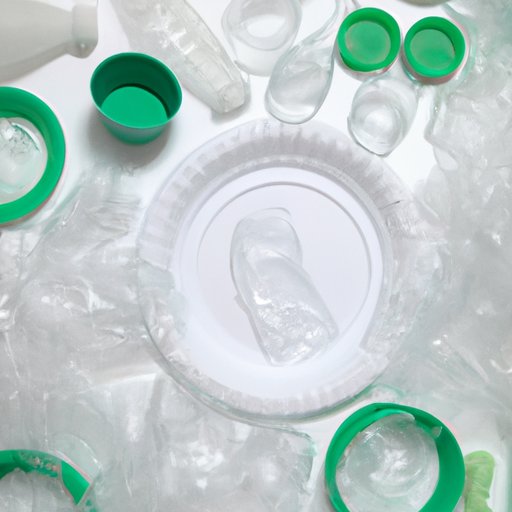Introduction
It’s hard to imagine our modern world without plastic. From packaging goods to manufacturing cars, plastic has become a ubiquitous material used in almost every industry. However, the convenience we gain from plastic comes at a cost. Its impact on the environment, particularly its contribution to pollution and climate change, has become increasingly significant. This article aims to explore what plastic is, its history, impact on the environment, and alternatives; ultimately, we hope readers will become better informed allies in this fight for a more sustainable future.
History of Plastic
Plastic was first developed in the mid-19th century by Alexander Parkes, but it wasn’t until the early 20th century that plastic began to gain widespread commercial use, particularly as packaging. Today, plastic has an unimaginable number of uses beyond packaging (e.g., textiles, construction, electronics, etc.). However, this same material that has brought about revolutionary industrial development has also created a significant environmental burden.
The Environmental Impact of Plastic
The story of plastic is neither fascinating nor inspiring due to the devastating environmental impact it has on our planet. Plastic waste that’s produced, discarded, littered, and eventually, reaches the oceans creates problems that will persist for generations. Some plastics take longer than others to break down, meaning they spend more time in our ecosystems and habitats, ultimately harming the flora and fauna in those habitats.
In conclusion, plastic has a considerable and often irrevocable impact on our environment. It results in long-term damage to our ecosystems and wildlife, threatens human health, and endangers economies and livelihoods around the world.
Types of Plastic
One reason plastic has become part of everyday life is its versatility, which comes from a wide range of plastic compositions. The seven most common types of plastics are Polyethylene Terephthalate (PET), High-Density Polyethylene (HDPE), Polyvinyl Chloride (PVC), Low-Density Polyethylene (LDPE), Polypropylene (PP), Polystyrene, and finally, Other (including polycarbonate and bioplastics).
Although every type of plastic has its specific uses, it is critical to note that some plastic types are more harmful than others, particularly when it comes to environmental impact. For example, single-use plastics like straws and cutlery that are often made from Polypropylene take years to decompose and may end up polluting oceans and other water bodies.
Advantages and Disadvantages of Plastic
Plastic has become essential to our daily life due to its many advantages: it is lightweight and durable, making it easy to transport and store products, and is versatile, allowing manufacturers to mold it into any shape or size necessary.
The disadvantages are equally well known. One significant disadvantage is its environmental impact. Its disposability and non-biodegradability mean that plastic can accumulate in the environment frequently. Plastic can clog drains, taint natural resources, and cause injury or death to wildlife.
The Future of Plastic
The world can’t continue using plastic the way it currently is. Concern for environmental welfare has led society to search for new ways to reduce plastic’s environmental impact by producing, recycling, and disposing of it in more sustainable ways. The solution is ultimately reducing and replacing plastic products whenever possible.
Plastic Alternatives
Sustainable alternatives to plastic range from biodegradable materials to eco-friendly plastics and reusable containers. Biodegradable plastics, often made from corn, sugar, or potato starch, break down quickly and naturally in the environment. They emit less greenhouse gases and are less harmful to humans and the environment.
Eco-friendly plastics or plant-based plastics are polymer materials that are compostable or recyclable. They use less energy to produce and emit fewer emissions than other types of plastic.
The Recyclability of Plastic
Recycling plastic is a well-known solution to plastic waste, although it is not without its complexities. A considerable part of plastic waste makes it to our oceans, polluted lands, and ecosystems. Recycling can help reduce waste and conserve raw materials and energy, keeping plastic out of the environment.
Conclusion
Plastic is ubiquitous, versatile, and often an essential part of daily life, but we must recognize its environmental impact and drawbacks. We should all encourage and mandate industries to make consolidated steps towards environmentally responsible production. As consumers, we can also take action by reducing our plastic consumption, responsibly disposing of plastic products, and choosing more sustainable and environmentally friendly alternatives. The future of the planet relies on our collective effort towards a more sustainable and healthier planet.
